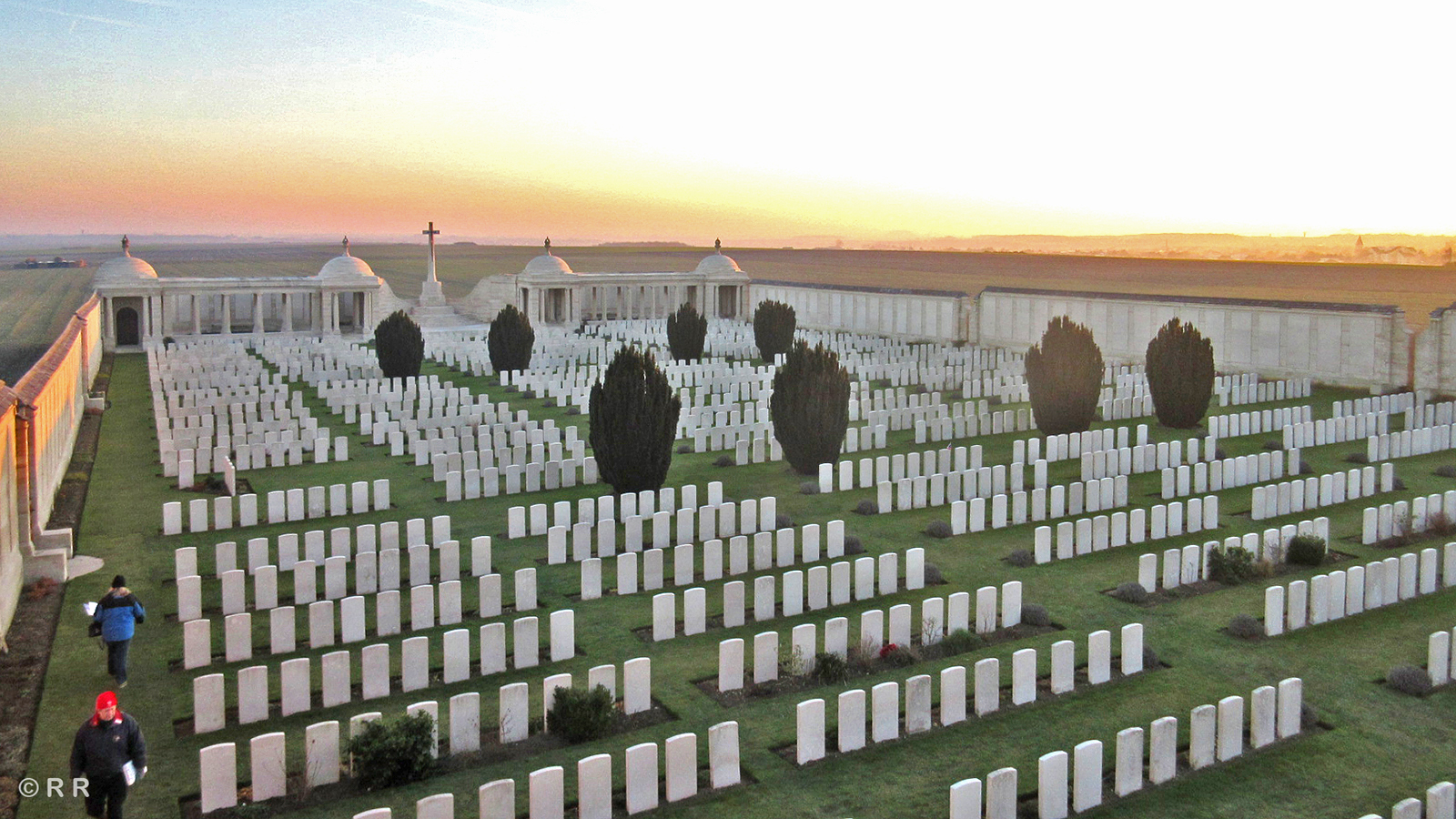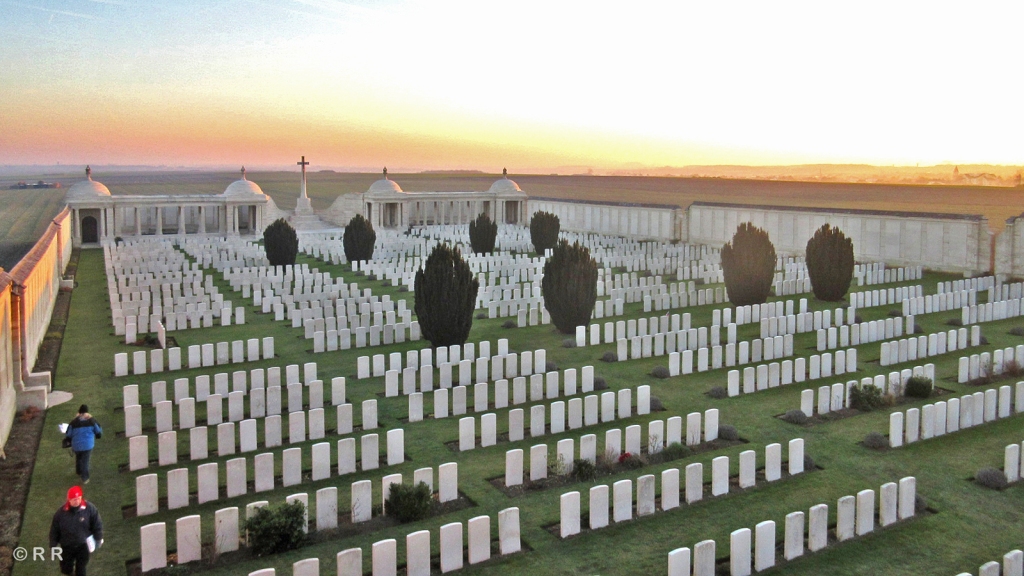- See Maurice Arnold Jefferies’s entry on the Board of Trade’s Ancestry public tree.
- This information updates the group’s previous research published on the former DTI website (now archived by the National Archives).
- Do you have any more information about Maurice Arnold Jefferies? If so the War Memorial Research Group would love to hear from you
Name recorded on Board of Trade Memorial: M. A. Jefferies
Born: About June 1888 in Buttevant, Cork, Ireland
Date of Death: 19 July 1916
Age at death: 28
Service, Regiment, Corps, etc: South Lancashire Regiment
Unit, Ship, etc: 10th (Reserve) Battalion
Enlisted:
Rank: Second Lieutenant (Service No: Unknown)
Decorations: WW1 Service Medals (Victory Medal and British War Medal)
War (and theatre): WW1 (France and Flanders)
Manner of Death: Presumed Dead
Family Details: Son of Charles and Mary Jefferies, 131 Bishop Street, Alexandra Park, Manchester, England
Residence:
Home Department: Board of Trade – Patent Office
Civilian Rank: Searcher of Cotton Marks, Manchester
Cemetery or Memorial: Loos Memorial (Panel 76); Board of Trade War Memorial; Patent Office Memorial 1914-1918, Concept House, Newport, Wales; Weaste Cemetery, Lancashire
Biography:
Maurice was born in about June 1888 in Buttevant, Cork, Ireland. His father was Charles Jefferies (1844-1917) who was originally from Birmingham and his mother was Mary Jefferies (nee Munro) (1858-1936). He had an older brother, John Henry Jefferies (1875-1944) and three sisters – Mary Jefferies (1879-1935), Annie Ethel Jefferies (1891-1914) and Muriel Iris Jefferies (1892-1957).
Maurice was educated at Stowell Memorial School and then Salford Technical School.
Maurice’s name is recorded in three census records. By the 1891 census the Jefferies family are settled and living at 49 Thurlow Street, Salford. His father Charles is working as a Government Clerk. Maurice is aged 2 years old. 10 years later, the family are still living at the same address. Then by 1911, when Maurice is 22 years old, the Jefferies family have moved to 131 Bishop Street, Moss Side, Manchester. His father is listed as an army pensioner and a Searcher of Cotton Marks.
In 1911, Maurice is by now employed and also working for the Civil Service at the Board of Trade also as a “Searcher of Cotton Marks”. He would have been employed at the Manchester Branch of the Patents, Designs and Trade Marks Office based at 48 Royal Exchange, Manchester. Under the Registration of Trade Marks Act 1875, trade marks for certain types of cotton goods (such as cotton yarn, cotton piece goods of all kinds such as cotton shirtings and long cloth and cotton goods such as cotton lace, braids and tapes) were specially treated. Anyone using any cotton mark was required to send a master representation and four copies to the Manchester Office of the Patent Office to be included in the register. A mark was either classified as “A” (which fell within the Act) or “B” (which was not covered by the Act. Cotton marks no longer exist separately (as a result of the Trade Marks Act 1938, which was repealed in 1994) when single form of trade mark was adopted.
In October 1914, we know that Maurice joined the University Officer Training Corps at Manchester University. Then, in early May 1915 he was gazetted as a Second Lieutenant in the 10th (Reserve) Battalion, South Lancashire Regiment, which was a line infantry regiment mainly made up of recruits from South Lancashire.
According to his WW1 medal card, he first arrived in France on 27 June 1916 and he was attached to serve with the 7th Battalion, Royal Warwickshire Regiment.
According to a Board of Trade list of April 1918, Maurice Jefferies was attached to the Royal Warwickshire Regiment when he was reported “missing, believed killed”. This information is confirmed by a modern day website which lists the British List of Missing at Formelles.
Maurice was killed in action on 19 July 1916, aged 28 during the Battle of Fromelles which was a subsidiary surprise attack by the British 61st (South Midlands) Division and 5th Australian Division troops (in their first major action in France on the Western front after serving at Gallipoli). The aim was to try to capture the German occupied village of Fromelles at a notorious strongpoint called the “Sugar Loaf” and was a complete disaster militarily. There was confusion over a decision to cancel the attack and the British troops were largely inexperienced in battle. The British were also advancing over difficult ground in clear view of the German defenders. The attack resulted in the deaths, wounding or missing of over 5,500 Australian troops and it remains the worst day in Australian military history. You can read more about this largely forgotten action in an article called “Remembering Fromelles 1916-2010” originally written by Steve Berridge in 2009 and published in the “Somme Bugle Newsletter of the Somme Branch of the Royal British Legion. The article gives an account of the attack and also tells the story of what happened to investigate old battle remains in Pheasant Wood and the eventual exhuming and reburial the bodies of 250 unknown soldiers who had died at Fromelles. The Fromelles (Pheasant Wood) Military Cemetery was the first new war cemetery to built by the Commonwealth War Graves Commission in fifty years and first officially opened on 19 July 2010 and the anniversary of the Battle at Fromelles.


Maurice has no known grave. His name is remembered on the Loos Memorial which forms the sides and back of the Dud Corner Cemetery located at Loos-en-Gohelle village in France. Over 20,000 men are remembered on this memorial. His name is also remembered on the Jefferies family gravestone in Weaste, Salford, Lancashire.


asdf

